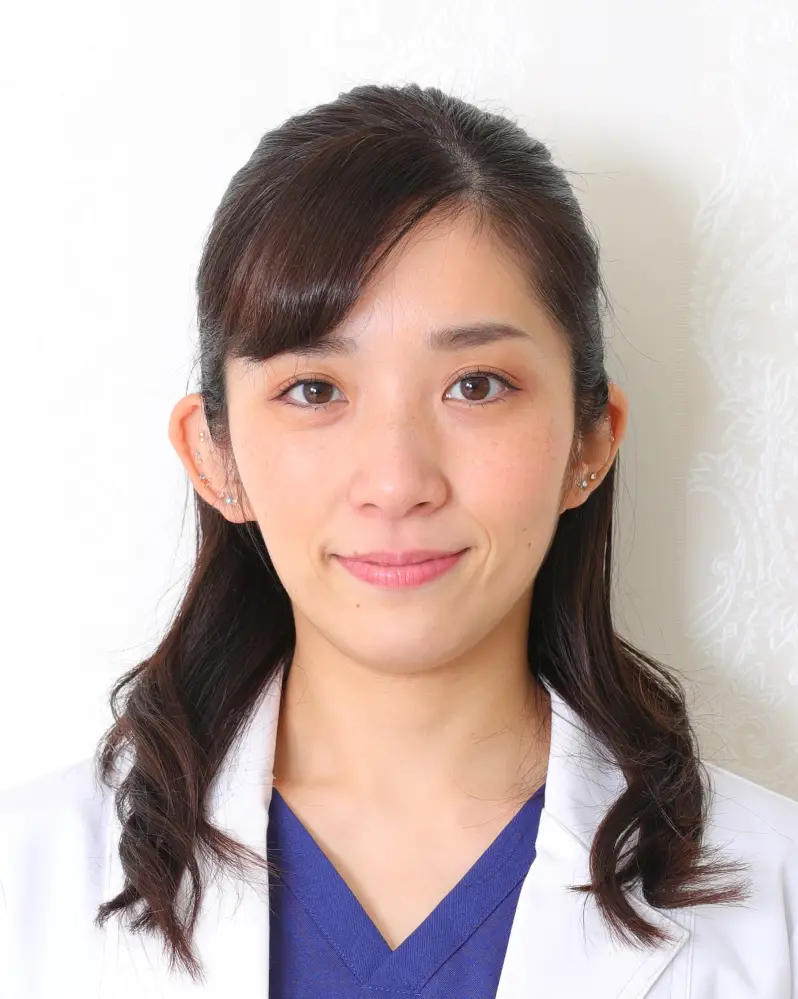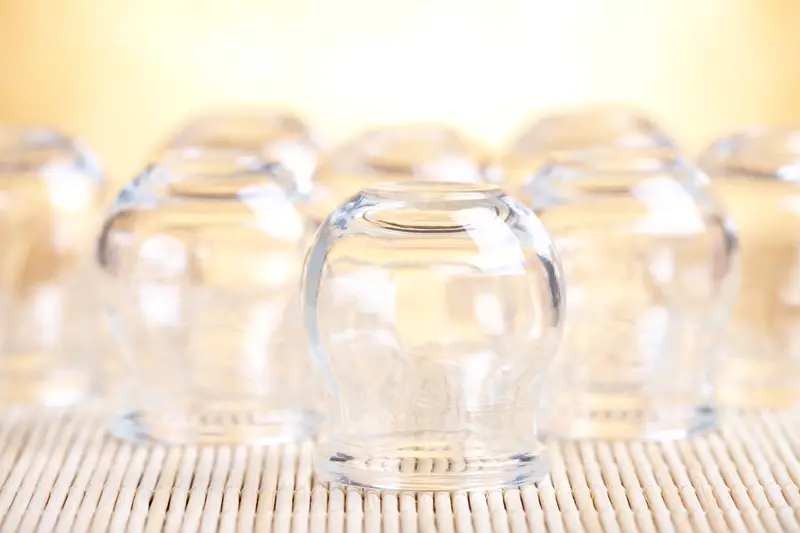Effective Acupressure for Stress Relief During Commutes
Long commutes can be challenging, especially when stress, tension, and fatigue set in. Fortunately, acupressure offers simple techniques to alleviate travel-related stress and is perfect for commuters who may need quick, discreet relief. We spoke to Ms. Mai Sogawa, an experienced TCM therapist, to highlight some of the best on-the-go acupressure points that can be activated during your daily journey. These techniques are easy to perform whether you’re standing or seated, making them ideal for buses, trains, or even carpooling. For a deeper dive into acupressure techniques, be sure to visit our comprehensive guide to acupressure.
Why Use Acupressure for Stress Relief During Commutes?
Commuting often brings physical and mental strain as crowded spaces, long travel times, and limited movement can build stress and tension. Acupressure offers a gentle yet effective method for addressing these issues by stimulating specific points on the body to enhance blood flow, promote relaxation, and support energy balance. Here are the best acupressure points for stress relief that you can easily use during your commute.
Lao Gong (PC-8): Inner Calm on the Go
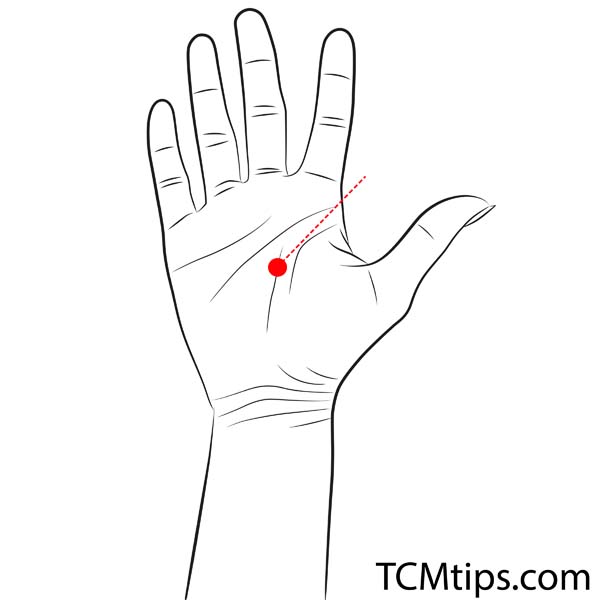
Located in the center of your palm, Lao Gong (Pericardium 8) is an ideal point for calming anxiety and cooling excess heat or stress. Pressing this point is subtle and can be done with one hand pressing into the other palm.
- How to find it: With your hand relaxed, draw an imaginary line down from your middle finger until it reaches the center of your palm.
- How to use it: Apply firm pressure with the thumb of your opposite hand, massaging in small circles for about one to two minutes. This simple action can help reduce anxiety and is a convenient go-to point for when you need instant relaxation.
Hegu (LI-4): Release Tension and Promote Relaxation
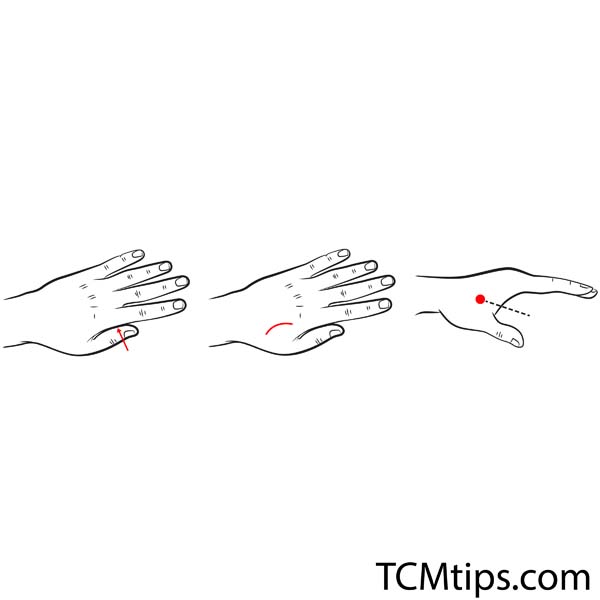
Hegu, or Large Intestine 4, is another effective point for commuters. Found on the hand, this point is known to alleviate headaches, reduce stress, and ease general tension throughout the body.
- How to find it: Hegu is located in the webbing between the thumb and index finger.
- How to use it: Pinch this area with the opposite thumb and index finger, applying pressure and making small circular motions. Hold for about 30 seconds on each hand and repeat as needed to experience relief from stress and tension.
Zusanli (ST-36): Combat Fatigue and Boost Energy
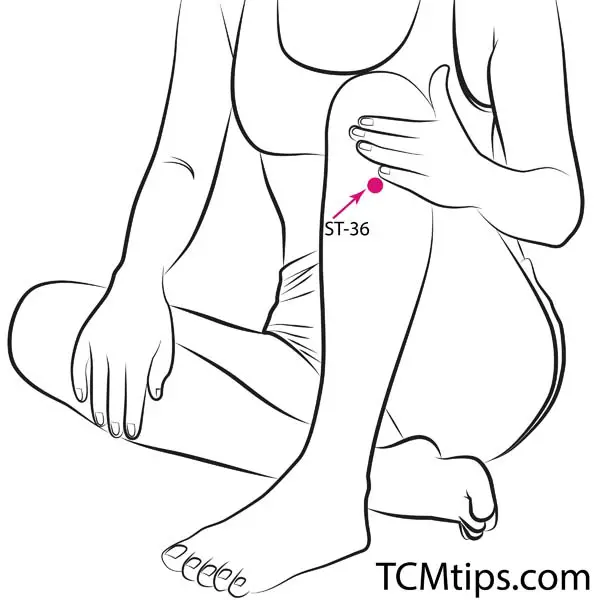
Zusanli (Stomach 36) is a grounding point that combats fatigue and helps sustain energy levels. It’s particularly beneficial for people who feel drained after long commutes and need a quick pick-me-up.
- How to find it: Place four fingers below the kneecap on the outer side of your shin. Zusanli lies about a finger-width from the shin bone on the outer side.
- How to use it: Using your thumb or fingers, apply steady pressure and massage in a circular motion for about one to two minutes on each leg. While this point might be easier to access when seated, it can also be massaged while standing by crossing your leg over your knee briefly.
Chize (LU-5): Breathe Easier in Crowded Spaces
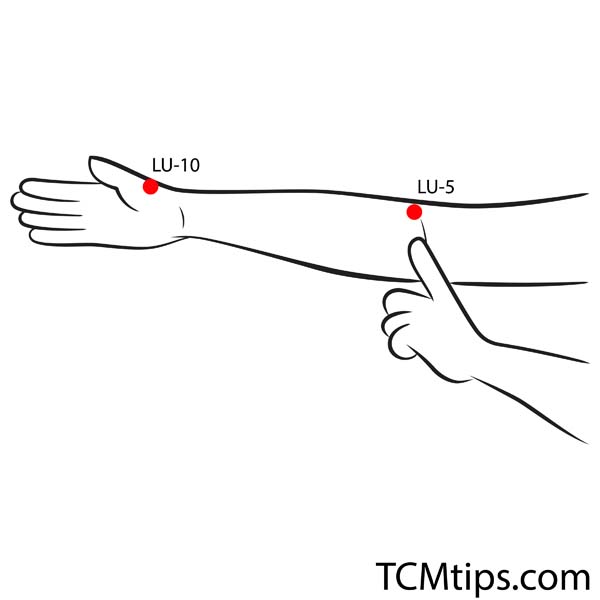
Found on the inside of the elbow, Chize (Lung 5) is beneficial for easing stress and improving lung function, which can be especially helpful in crowded or stuffy commuting environments. Stimulating this point promotes relaxation and helps open up the chest, encouraging deeper, calmer breathing.
- How to find it: Bend your elbow slightly and locate the point on the inside of the crease, just outside the tendon.
- How to use it: Press with your thumb or the fingers of your opposite hand and hold steady pressure for 1-2 minutes. This point is effective for relieving tension and encouraging easier breathing, especially useful during crowded commutes.
Tianzhu (BL-10): Ease Neck and Shoulder Tension
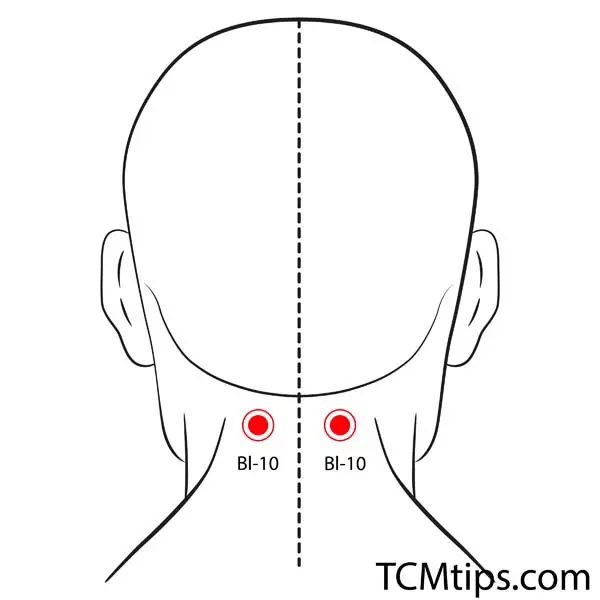
Sitting or standing for long periods during your commute often leads to neck and shoulder stiffness. Tianzhu, or Bladder 10, helps relieve that muscle tension and improves blood circulation in the head and neck area.
- How to find it: This point is located just below the base of the skull, where the neck meets the head, about a finger-width from the spine on either side.
- How to use it: Use your thumbs or fingers to apply gentle pressure, massaging both sides for about 1-2 minutes. This simple massage is an effective way to ease neck strain and improve relaxation.
Fengchi (GB-20): Relieve Tension Headaches and Stress
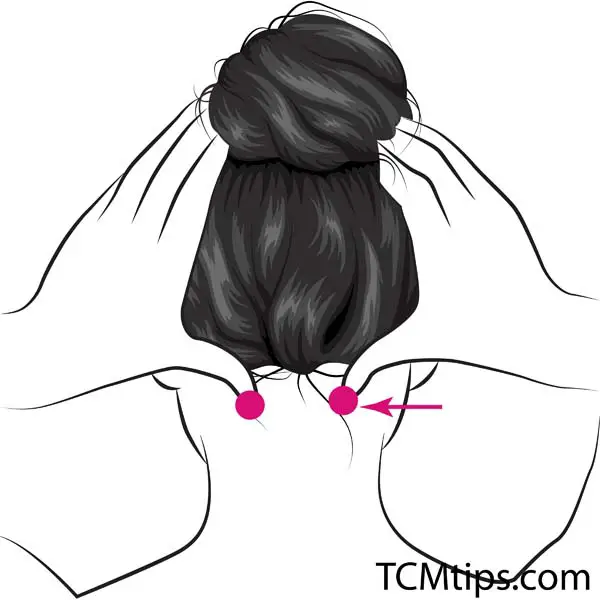
Fengchi, or Gallbladder 20, is a valuable point for relieving stress-related headaches and general tension. This point is easily accessible and can be especially useful during or after a long, stressful day.
- How to find it: Located at the back of the neck, just below the base of the skull, about two inches apart on either side.
- How to use it: Apply gentle pressure with your thumbs or index fingers, massaging in a circular motion for 1-2 minutes. Fengchi helps relieve headaches, enhances blood flow to the head, and can help improve focus and calm.
Tips for Practicing Acupressure Discreetly During Commutes
Using acupressure during your commute can be easy and subtle with these tips:
- Use subtle motions: Opt for acupressure points on your hands or wrists that don’t require large movements, such as Lao Gong or Hegu, which can be stimulated with just a press.
- Stay relaxed: Try to keep your breathing steady and natural while applying pressure, which will amplify the calming effects of each point.
- Practice regularly: Incorporating acupressure into your commute routine can make a noticeable difference over time, helping your body become more attuned to stress relief signals.
- Stay consistent: The more regularly you practice acupressure, the more you’ll notice its positive effects, making your commutes not only manageable but relaxing.
Conclusion
With these easy-to-access acupressure points, you can turn your commute into a moment of self-care. Incorporating these techniques offers a natural way to combat daily stress, relax tense muscles, and keep energy levels balanced during long commutes. Consult with an experienced TCM practitioner like Ms. Mai Sogawa for additional guidance, or explore our in-depth acupressure essentials guide for more tips on how to make acupressure a beneficial part of your everyday routine.

Try our Anti-Aging Gua Sha Tool designed to bring out your skin’s natural glow.
Best Gua Sha Product- Anti-Aging: The tool is designed to target 11 specific aging signs such as wrinkles and sagging skin. By following the 7-step routine, users can improve skin firmness and reduce fine lines naturally.
- Enhances Skincare Routine: It works effectively with serums and lotions, boosting absorption and efficacy of skincare products.
- Visible Skin Improvement: Users can expect a smoother complexion, reduced puffiness, and a more youthful appearance.
 P. Sze
P. Sze 
